Introduction
The environmental impact of traditional transportation modes, such as vehicles running on fossil fuels and conventional aviation, is significant. These modes contribute to air pollution, carbon dioxide emissions, and other factors that contribute to climate change. Regulatory bodies are constantly introducing new regulations to reduce the carbon footprint of the transport sector, but understanding their effect on businesses can be complex.
In this article, we will explore the environmental impacts of traditional transportation and discuss sustainable alternatives, such as renewable fuels and electric vehicles. We will also delve into innovative technologies, such as Unifuel.tech's Flexiforming, that offer operators the flexibility to choose their decarbonization pace. Join us as we dive into the world of sustainable and green transportation and explore the solutions that can mitigate the environmental impacts of the transport sector.
Environmental Impacts of Traditional Transportation
The environmental impact of traditional modes of transport, which includes vehicles running on fossil fuels and conventional aviation, is significantly high. They contribute to air pollution, carbon dioxide emissions, and other factors that precipitate climate change.
The combustion process of fossil fuels releases greenhouse gases into the atmosphere, exacerbating global warming and causing other harmful environmental and health effects. Additionally, the extraction and processing of fossil fuels often lead to habitat destruction and water contamination, further damaging ecosystems.
Regulatory bodies consistently introduce or modify regulations to decrease the carbon footprint of the transport sector, a major contributor to greenhouse gas emissions. However, comprehending the effect of these regulations on businesses can prove complex.
For instance, railways are deemed efficient and eco-friendly modes of transportation, yet their environmental impact, particularly their contribution to heavy metals like lead, cadmium, and nickel, is significant. These metals can accumulate in soil and water, threatening both human health and ecosystems.
Vehicles, even electric ones, play a significant role in air pollution, contributing not only through exhaust fumes but also due to the wear and tear of tires and brakes. The dust from these parts adds to particulate matter in the air, which can be inhaled, leading to health issues and climate change.
Electric vehicles, while instrumental in decarbonizing transport, can potentially increase tire wear due to their heavier weight. As tires degrade, they release a range of particles, some of which are toxic, into the environment.
The economic implications of vehicle emissions include increased healthcare costs from pollution-related diseases, additional infrastructure maintenance expenses, and higher insurance premiums due to the increased risk of property damage from extreme weather events. Additionally, the air pollution caused by burning fossil fuels like gasoline and diesel in cars releases pollutants like particulate matter and volatile organic compounds into the air, leading to various health issues, including respiratory problems, cardiovascular diseases, and increased cancer risks. Given this context, the transport sector, being the fourth largest source of CO2 worldwide, has a significant impact on both the environment and human health. Therefore, it is critical to introduce more sustainable transportation infrastructure to mitigate these impacts. One such solution is offered by Unifuel.tech, a technology called flexiforming, which provides operators with the flexibility to choose their pace of decarbonization. This technology can be implemented in an idle hydrotreater or reformer, resulting in reduced capital expenditure and carbon intensity. It is an innovative approach to addressing the environmental impact of the transport sector.
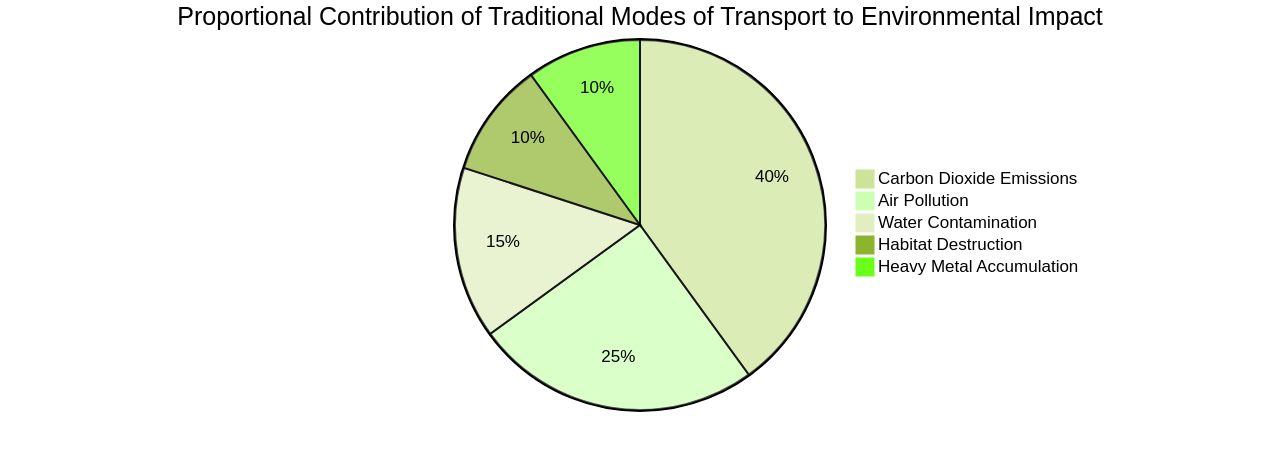
Sustainable and Green Transportation: Overview and Benefits
A pivotal aspect in mitigating environmental impacts associated with conventional transport is the transition towards sustainable alternatives, with Sustainable Aviation Fuel (SAF) being a primary candidate. SAF, which is derived from renewable feedstocks like waste oils, agricultural residues, and algae, serves as a feasible substitute to traditional fossil fuels, offering reduced carbon emissions and acting as an eco-friendly fuel. As the International Civil Aviation Organization sets its sights on achieving net-zero carbon emissions by 2050, the role of SAF in decarbonizing the aviation industry, which currently contributes two to three per cent of global CO2 emissions, is undeniable.
Notwithstanding its potential, the widespread availability of SAF faces hurdles, leading to its cost being 3 to 4 times higher than standard kerosene. Efforts are being made to tackle this, such as the REF4FU project led by the Karlsruhe Institute of Technology, which aims to standardize 100% renewable fuels across all transport sectors, including aviation, with a focus on eco friendly fuel. Concurrently, researchers at Uppsala University are investigating a combined photobiological-photochemical approach for synthetic SAF production using genetically modified photosynthetic microorganisms, cyanobacteria.
Unifuel.tech's Flexiforming technology is an eco friendly fuel solution that offers a variable decarbonization pace and can be implemented in idle hydrotreaters or reformers, reducing both capital expenditure and carbon intensity. These advancements, combined with passenger and industry support, are integral to fostering the adoption of safe and curtailing the carbon footprint of the transport sector.
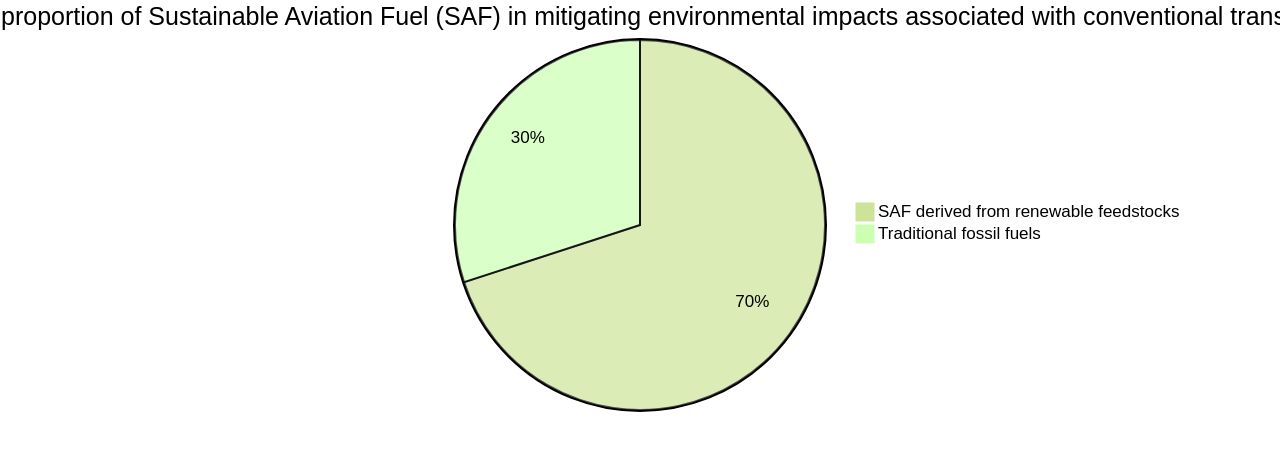
Modes of Sustainable and Green Transportation
The transition towards sustainable transportation is not just a trend, it's a necessary shift that's gaining momentum globally. Electric vehicles (EVs) are at the forefront of this change, offering a zero-emission alternative to traditional gasoline-powered vehicles.
They have emerged as a potent tool in the fight against climate change, with their ability to significantly reduce carbon emissions in the transportation sector. Their benefits extend beyond just being eco-friendly.
EVs are cost-effective in the long run, requiring less maintenance and offering substantial savings on fuel costs. The quiet operation of EVs also enhances the quality of life in urban environments.
With ongoing advancements in battery technology, EVs are becoming increasingly affordable and practical for everyday use. The growth in EVs is evident in Europe, which leads the world in EV adoption with electric car registrations reaching 21.5% in 2022.
However, EVs alone can't solve all transportation-related environmental issues. A comprehensive sustainable mobility system must also prioritize public transportation powered by eco-friendly fuel.
Efforts are being made globally to promote public transit systems as sustainable solutions. For instance, the Metropolitan Transportation Commission (MTC) and the California Air Resources Board (CARB) are working towards reducing air pollution and promoting public health in the San Francisco Bay Area. Similarly, in Colombia, initiatives are underway to make public transit systems more inclusive and eco-friendly. The global transport sector contributes to 15% of carbon dioxide emissions, but policies promoting EVs and public transportation could reduce these emissions by more than 50%. The shift from fossil fuels to sustainable alternatives is inevitable. As Gernot Wagner, a climate economist at Columbia Business School, puts it - the trajectory is clear, it's not a question of 'if', but 'when'.
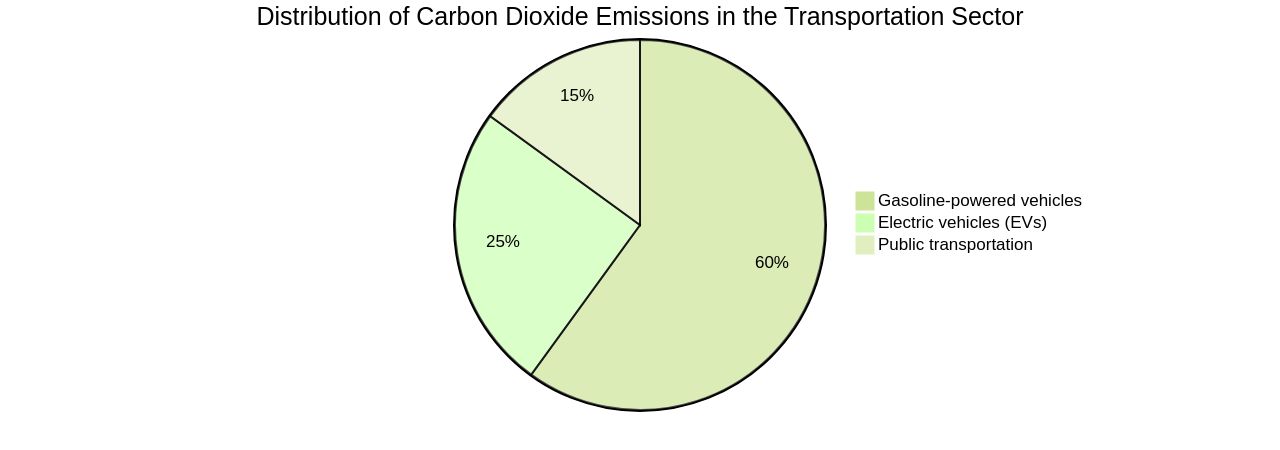
Eco-Friendly Fuels and Their Environmental Benefits
As a solution to the pressing issue of climate change, the aviation industry has turned its eyes towards Sustainable Aviation Fuel (SAF). This green alternative, compatible with existing aircraft engines, has been identified as a key player in achieving the International Civil Aviation Organization's ambitious net-zero emissions goal by 2050.
The use of SAF can result in a staggering 80% reduction in carbon emissions compared to conventional jet fuels, significantly mitigating the industry's environmental impact. Moreover, SAF emits fewer sulfur and particulates, promising cleaner air and reduced health risks.
However, despite its potential, Saf's current availability is limited, making it 3-4 times costlier than traditional fuels. To make a substantial dent in the aviation industry's carbon footprint, passenger contributions are crucial to increase SAF's presence in the fuel systems of airports such as Amsterdam's Schiphol.
Furthermore, the path towards Saf's large-scale production and adoption is laden with challenges. For instance, Australia is working on developing certification processes to ensure that its domestically produced SAF meets international standards. Despite these hurdles, Saf's potential for reducing emissions between 60 and 100% compared to conventional fuels cannot be understated. As a testament to this, Airbus aims to make all its aircraft 100% SAF-capable by 2030, highlighting the growing industry support for this eco-friendly fuel.

Case Study: Multi-Objective Optimization for Sustainable Renewable Jet Fuel Production
Exploration of sustainable aviation fuel (SAF) production strategies has been driven by the need for more environmentally friendly fuels. These strategies aim to reduce carbon emissions and conserve energy and water resources.
A key approach is the implementation of multi-objective optimization techniques, supported by advanced modeling and predictive analytics. These techniques help identify the most efficient and sustainable pathways for SAF production.
A testament to Saf's potential is a project in Sweden, set to commission a new production facility by 2030. This facility will produce electrofuel, a type of SAF, using fossil-free electricity, water, and recycled carbon dioxide.
This process allows for the capture and utilization of carbon dioxide that would otherwise be released into the atmosphere. The aviation industry recognizes SAF as a drop-in solution, requiring minimal adjustment to existing aircraft and airport infrastructure.
Even though alternative fuels currently constitute less than 0.2% of the global jet fuel supply, efforts are underway to increase this percentage. The International Air Transport Association's net-zero plan heavily relies on Safe, and several test flights powered by 100% Safe have already been staged.
Nonetheless, the transition to SAF presents challenges. Ensuring the safety, reliability, and compatibility of SAF with existing jet engines is crucial. A collaborative project between the Whiting School, the University of Alabama, and the Oak Ridge National Laboratory is working on a catalyst to convert ethanol into aviation fuel, potentially offsetting aircraft CO2 emissions. Innovative solutions such as Unifuel.tech's Flexiforming technology are also playing a crucial role in this transition. Flexiforming allows operators to choose their decarbonization pace and can be deployed in idle hydrotreaters or reformers, reducing both capital expenditure and carbon intensity. The development and optimization of SAF production processes, including technologies like Flexiforming, are key to a sustainable aviation industry.
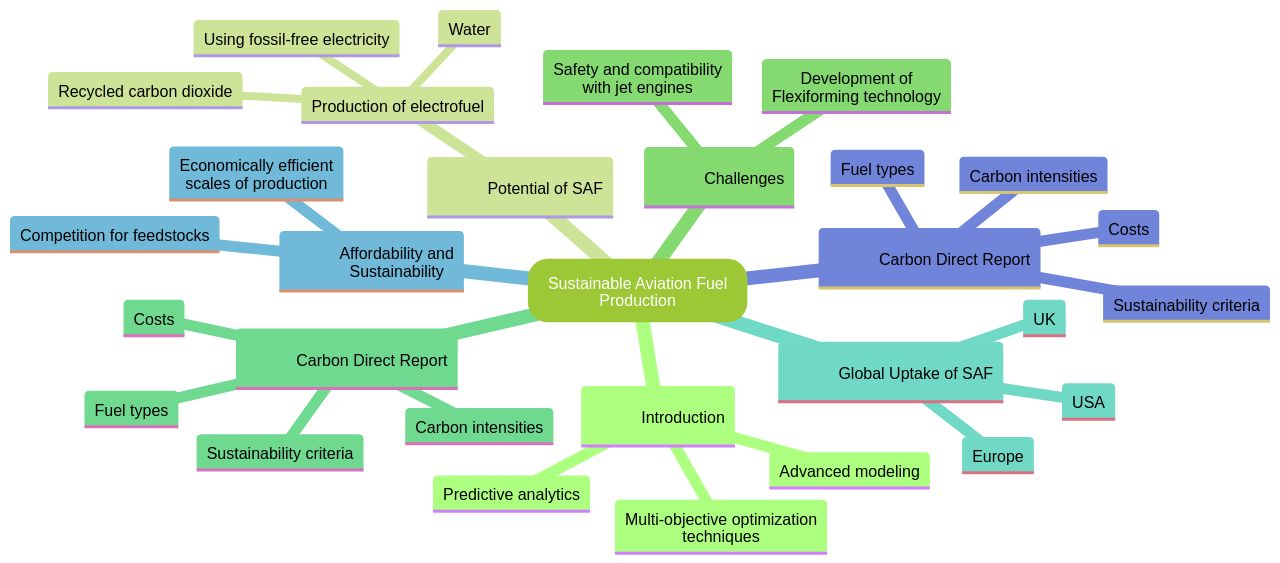
Challenges and Opportunities in Implementing Sustainable Transportation
Overcoming the hurdles in the shift to eco-friendly fuels, such as limited availability and higher costs compared to fossil fuels, is crucial. This is achievable through scaling up production, lowering costs, and developing infrastructure like charging stations for electric vehicles and refueling stations for green fuels.
The transport sector accounts for a significant 15% of carbon dioxide emissions, with projections suggesting a potential doubling by 2050. However, strategic policies, such as promoting public transportation and enhancing city designs to reduce travel, can cut these emissions by more than half, as seen in Latin American cities embracing electric transport.
In this context, solutions like Unifuel.tech's Flexiforming technology can play a significant role. This technology can be deployed in an idle hydrotreater or reformer, offering operators the flexibility to choose their decarbonization pace while reducing capital expenditure and carbon intensity.
Unifuel.tech's approach is responsive, promising to respond to inquiries within 24 hours and finding optimal applications for Flexiforming based on specific requirements. These challenges also open doors for innovation, investment, and collaboration.
For example, the Sustainable Cities Challenge aims to improve lives by increasing access to essential services. This challenge underscores the promising advancements in transport modes, infrastructure design, operations, and various energy options. To promote sustainable mobility solutions, collaboration between governments and industry leaders is essential. This involves setting ambitious goals, implementing policies, providing incentives for adopting electric and hybrid vehicles, investing in public transportation infrastructure, and promoting active transportation. The decarbonization of the transport sector is critical in mitigating climate change impacts. Through urgent action, we can create a more sustainable and resilient transportation system for future generations.
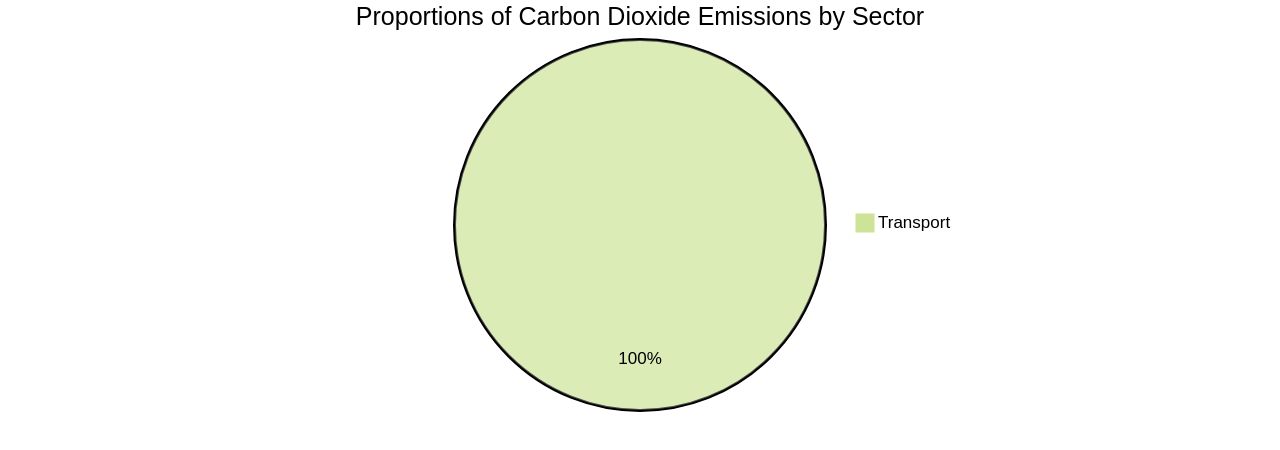
Strategies for Promoting Sustainable Transportation
A multi-tiered strategy can maximize the ecological benefits of sustainable transport. This involves the introduction of incentives like tax credits, grants, and renewable fuel standards by governmental bodies and policy makers. Collaborations between various stakeholders, including fuel producers, airlines, and research institutions, can stimulate advancements in sustainable transport solutions.
Public education on the environmental benefits of eco-friendly fuel and alternative transportation options is also key. An example of this is the European Union’s Horizon 2020 research and innovation program funded Ethanol production project at the Ghent steel mill. The project employs a unique technology developed by LanzaTech, where gases produced during steel production are fermented by microbes to produce ethanol.
Alongside this, governments are promoting green mobility. For instance, plans to operate electric buses on long-distance routes, a shift that could significantly reduce emissions. The feasibility of electric buses for long journeys has been established, with incentives in the pipeline to speed up this transition.
Integrated transport planning, which considers interconnections between transport, land use, and other factors, is also critical in creating sustainable transport systems. A notable solution is Unifuel.tech's flexiforming technology, which offers operators the flexibility to set their decarbonization pace. By deploying flexiforming in an idle hydrotreater or reformer, operators can reduce both capital expenditure and carbon intensity.
To optimize flexiforming application, Unifuel. Tech requires details about the operator's feeds, target products, and existing facilities, with a response provided within 24 hours. This technology is a product of Universal Fuel Technologies, and all rights are reserved.

Conclusion
In conclusion, traditional transportation modes have a significant environmental impact, contributing to air pollution, carbon emissions, and climate change. Sustainable alternatives like Sustainable Aviation Fuel (SAF) and electric vehicles (EVs) are being explored to mitigate these impacts.
Unifuel.tech's Flexiforming technology offers operators flexibility in decarbonization, reducing capital expenditure and carbon intensity. However, challenges such as limited availability and higher costs need to be addressed.
To promote sustainable transportation, collaboration among governments, industry leaders, and research institutions is crucial. Urgent action is needed to implement strategic policies, invest in green infrastructure, and promote alternative fuels. By transitioning towards sustainable transportation systems, we can create a more environmentally friendly transport sector for future generations.




